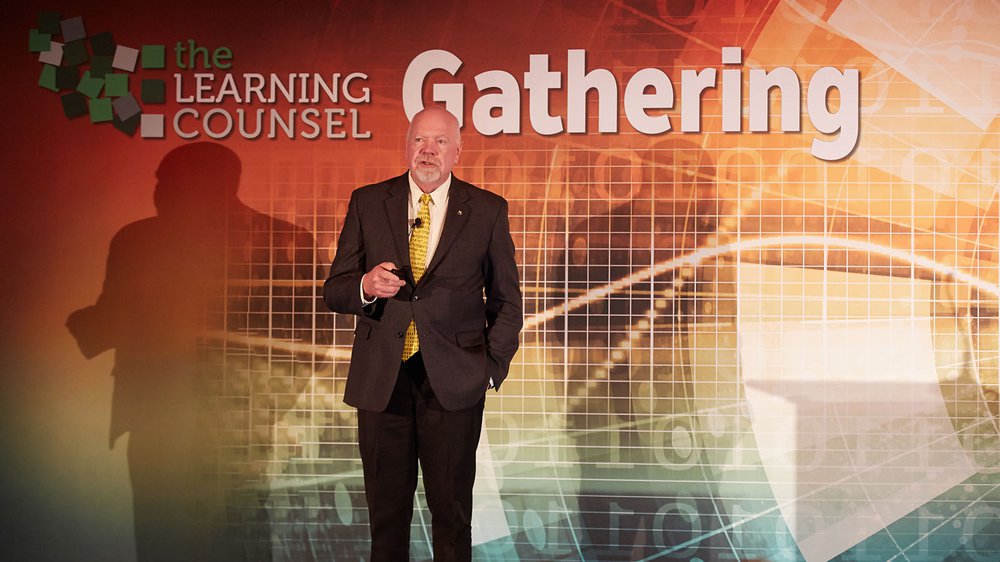Senator Howard Stephenson is a force of nature. He has spent more than 26 years as a state senator in Utah. And now at age 68, he is playing a pivotal role in his state’s digital transformation.
The Senator is a true believer in digital teaching and learning. He learned many years ago about the power of personalized learning and how teachers can exponentiate the power of their capacity by “trusting the machine” to assist in the heavy lifting of instruction. Stephenson believes in the power of deliberate practice and makes a promise to administrators – at least 90 percent of their students, even English Language Learners and those with special needs, can achieve grade level proficiency in math and reading in a single year if digital tools are implemented with fidelity using deliberate practice. It’s a bold claim, but Stephenson has the chops and track record to prove it.
Currently, one-in-five high school students drop out before graduation, and two thirds of those who do graduate are not proficient in reading and math. According to Stephenson, “We should be marching in the streets. And yet, it’s the best day care system in the world.” In order to improve, we need to understand how the brain works and why machine-based learning can personalize learning for every child and do the heavy lifting of instruction in math and reading. A child develops his or her own brain architecture through “serve and return.” Brain research has shown that in order to learn, a person needs to exercise agency. When the child makes an attempt at solving a problem, the neurons reach out and form potential intelligence. The only way that becomes permanent intelligence is when there is an immediate response. When that response is received, there are three chemicals released in the brain which seal the connection. If no feedback is received, the neurons retract. “One of those chemicals is dopamine,” said Stephenson. “And that’s why authentic learning is always joyful. Authentic learning is never painful, and yet we make it painful by sending kids home to do 30 algebra problems on paper without any response. They turn in the paper the next day and get red marks telling them ‘you’re not good in math,’ when in fact everyone of us is a math genius in embryo. If we were getting immediate feedback while doing the problem, we would all be getting it.”
Referencing work by Anders Ericsson, Stephenson said everyone can achieve expertise through deliberate practice. They need immediate, interactive, adaptive feedback. “There are golfers who have played 40,000 hours in their lifetimes and they are no better today than when they began because they’re not doing focused practice. Deliberate practice. And that’s what machine-based learning can empower your students to do and give them immediate, interactive feedback. As you know, the digital teaching and learning river is a mile wide and an inch deep. But there’s a part of that river called Computer Assisted Instructional Software, which delivers immediate, interactive adaptive feedback to each student’s response and that’s how we can get at least 90 percent of our students at grade level proficiency in math and reading. It respects the style and pace of every learner.” Stephenson believes that most school 1:1 Deployments have resulted in lower student performance because 95 percent of instructional software is not used with fidelity. “It’s not about the device, it’s about what is delivered with the device,” said Stephenson.
There is much more in the video below. It’s a compelling look at how educators can leverage machine learning to break through decades of malaise and truly transform the education experience for our learners.











